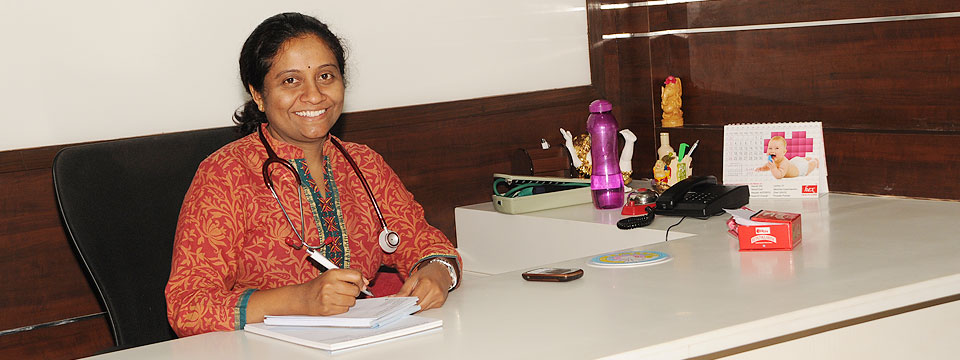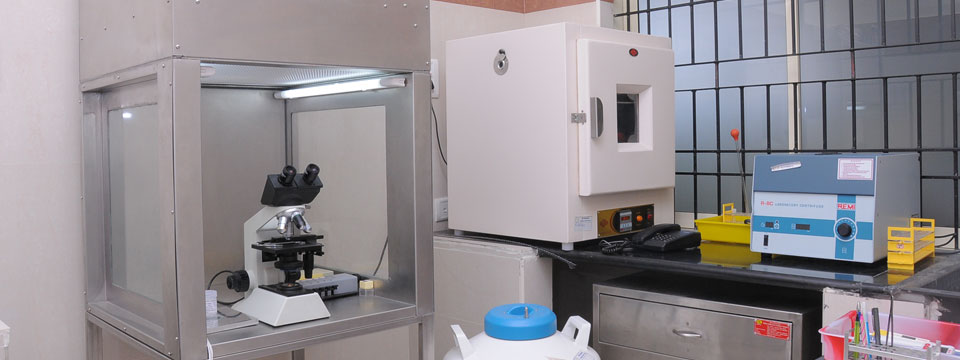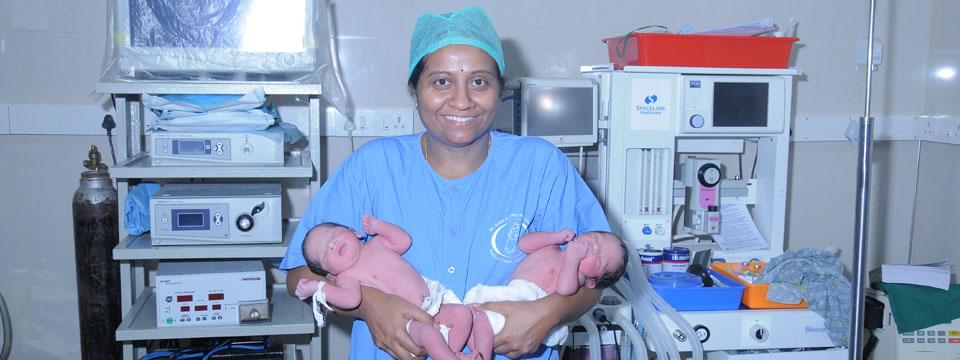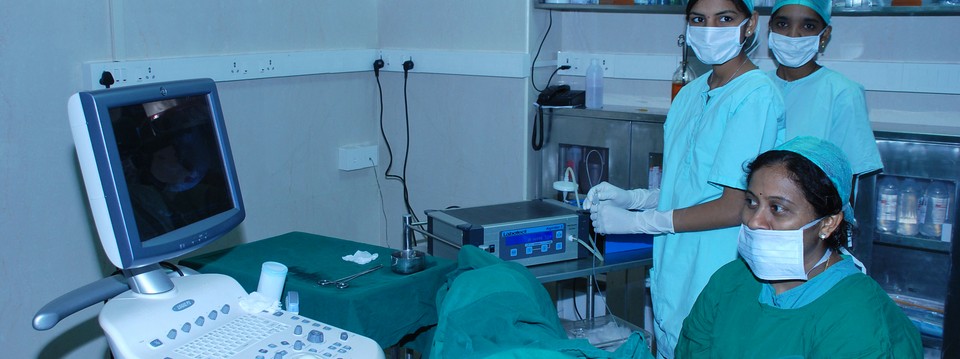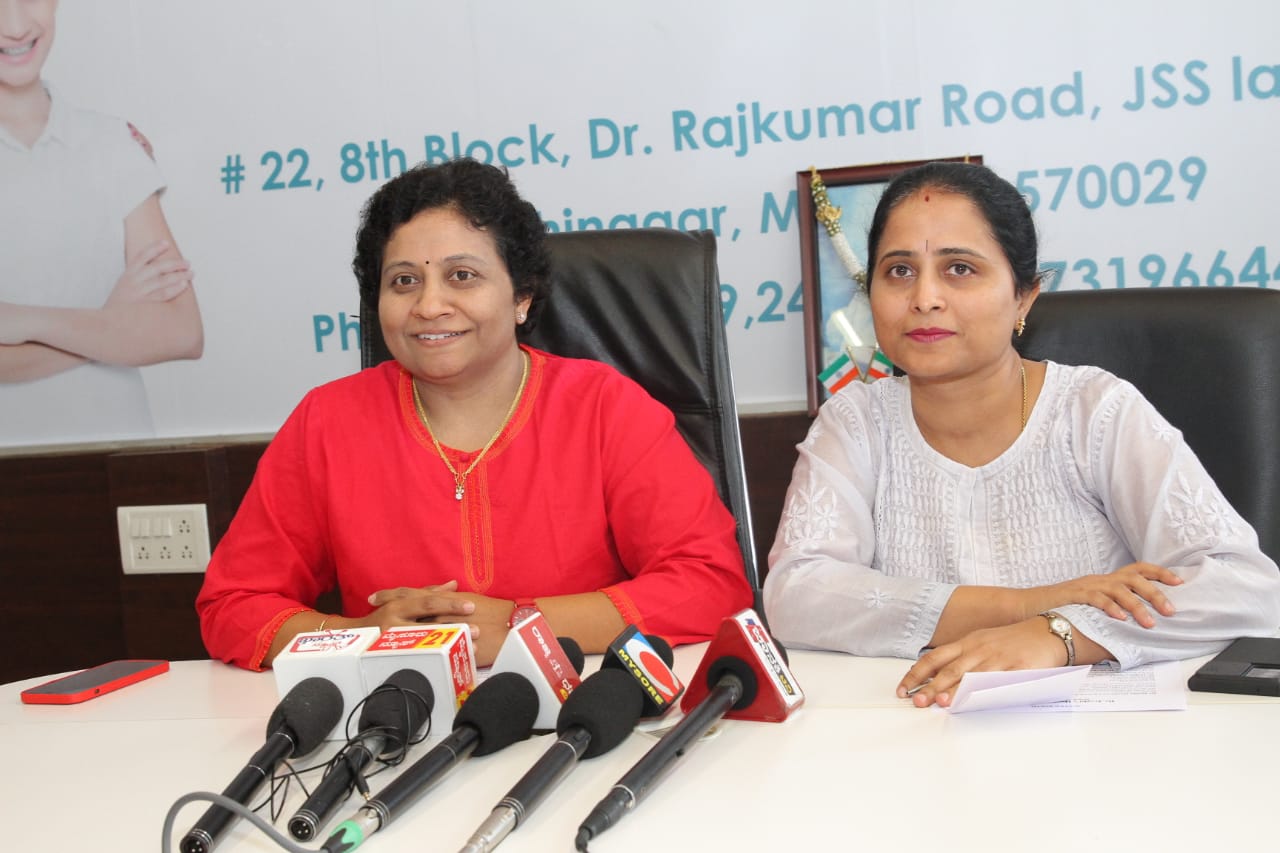Ovarian factors
Polycystic Ovarian Syndrome (PCOS)
PCOS is a condition in which the ovaries secrete abnormally high amounts of androgens (male hormones) that often cause problems with ovulation. Women with PCOS have enlarged ovaries which contain multiple, small cysts. Although PCOS, also called Stein-Leventhal syndrome, can be completely asymptomatic, it more often is associated with symptoms such as irregular periods or amenorrhea (no periods), weight gain or obesity, excessive hair or abnormal hair growth, acne, and oily skin.
Premature Ovarian Failure Syndrome (POF)
POF is associated with an elevated FSH (follicle stimulating hormone) level. Symptoms include hot flashes, increased insomnia, vaginal dryness, irregular periods, or a loss of periods entirely in women less than 40 years of age. POF is actually quite common. There are four sub-types of POF, so the initial medical evaluation should determine which type a patient has. The most common is an autoimmune ovarian failure, in which a patient’s own antibodies “burn out” the eggs and ovaries. The second cause of POF is if a woman has mumps as an adolescent (after age 10), many of her eggs may “burn out,” which oftentimes results in POF. Many women are unaware that they’ve had an ovarian mumps infection until they are diagnosed with POF. The third cause of POF is Savage Syndrome, resulting from abnormal FSH hormone receptors. Finally, POF may be idiopathic, meaning a specific cause cannot be found.
If POF is diagnosed early, and the FSH level isn’t significantly elevated, a patient has a reasonable chance of achieving pregnancy. However, a significant number of women with POF need donor egg IVF to become pregnant. Interestingly, for autoimmune POF patients, birth control pills may work backwards by actually increasing the chances of ovulation and conception, but with a relatively low success rate. An experimental method to treat Savage Syndrome involves laparoscopic removal of half of one ovary, thinly slicing it, removing and maturing the eggs, and then fertilizing them using IVF.
Diminished Ovarian Reserve
Diminished Ovarian Reserve is one of the more difficult diagnoses that a patient can have. That is because such patients are much more difficult to help to achieve pregnancy since the normal tools to achieve pregnancy don't work as well. Some patients will likely have at most a few years of potential fertility left, so the situation is urgent. Some may have limited or no fertility left, but the process of finding this out, at times, involves a process of trial and error.
A woman is born with one to two million eggs. Although she will only ovulate three to four hundred of them, the rest will essentially wither away until there are none left. She will then be menopausal. Most of the time, the eggs are in a protected state with a small group of them constantly being released from this protection. We do not know what causes the ovary to change the status of these eggs, so we refer to it as a women's biological clock. Those eggs that have left this arrested state will go on and ovulate provided they receive optimal hormonal stimulation. If they don't get this stimulation, they soon undergo an actively defined degeneration (called apoptosis).
One way of defining decreased ovarian reserve is when a woman has fewer than 25,000 eggs in her ovaries. Statistically, this occurs around age 38. Fertility is still present until around 42 years old and, for most women, therapy to achieve pregnancy is still a reasonable thing to do. Menopause (no eggs) occurs around age 51. However, these numbers are only averages and these events have a distribution around these averages. For example, many women don't experience menopause until well past age 51. Similarly about 10% of all women will have decreased ovarian reserve by age 32. In a practice such as mine, where women are self-selected to come here on the basis of not being able to get pregnant, the incidence of decreased ovarian reserve is even higher.
Women with certain histories need to be especially concerned about their reproductive potential. Of greatest concern is a family history of early menopause, certain chemotherapies, and pelvic radiation. Also of concern are a history of (significant) pelvic surgery, pelvic infection, severe endometriosis, and smoking (dose and duration related). FTC performs a complete assessment for those patients at risk for diminished ovarian reserve, and does not exclude these patients from its practice nor have them pay more, as other practices due, because of their situation.



